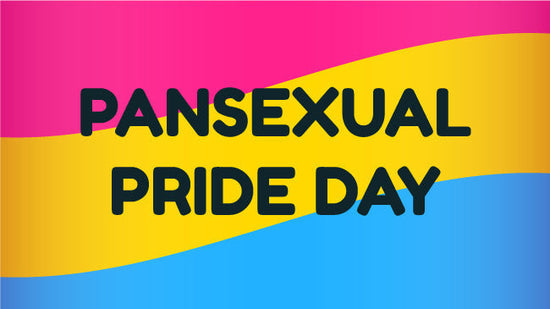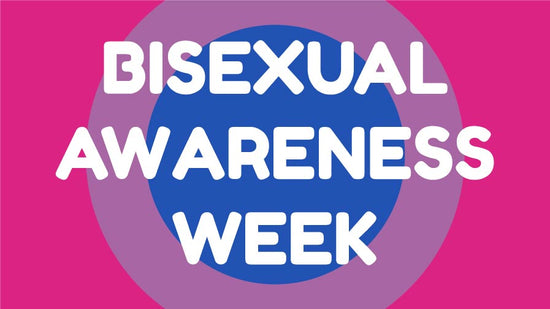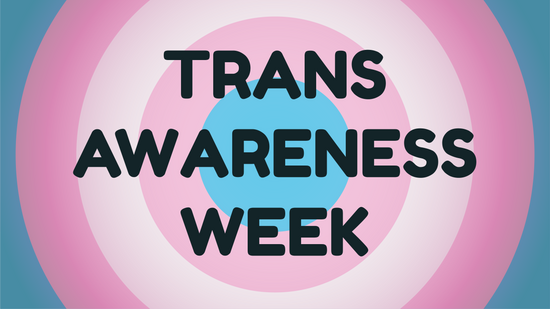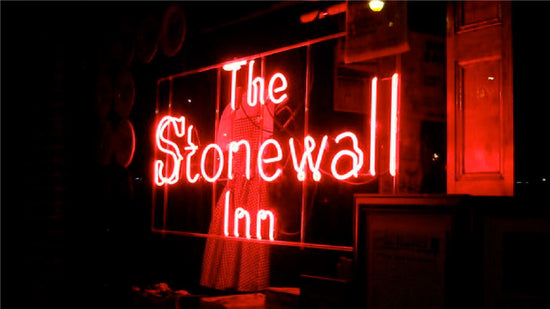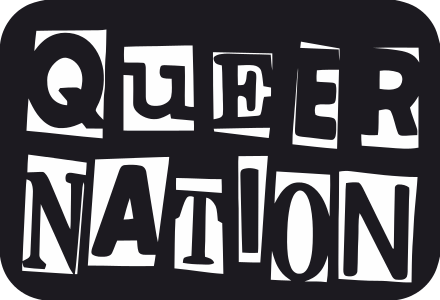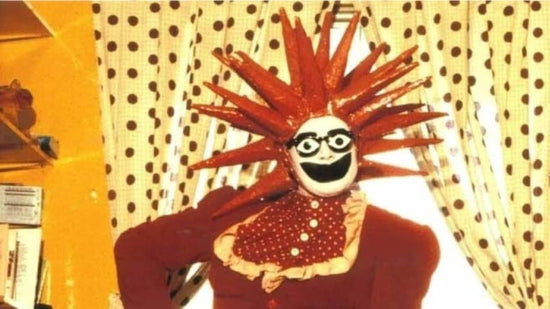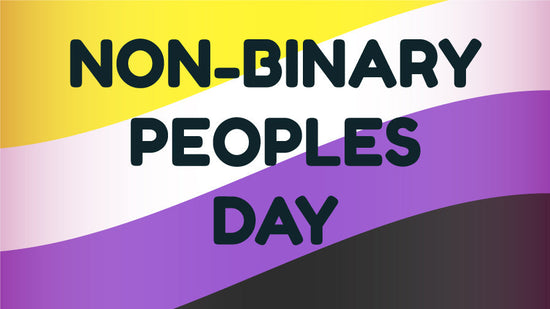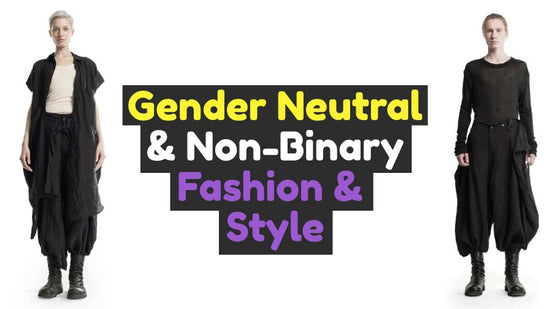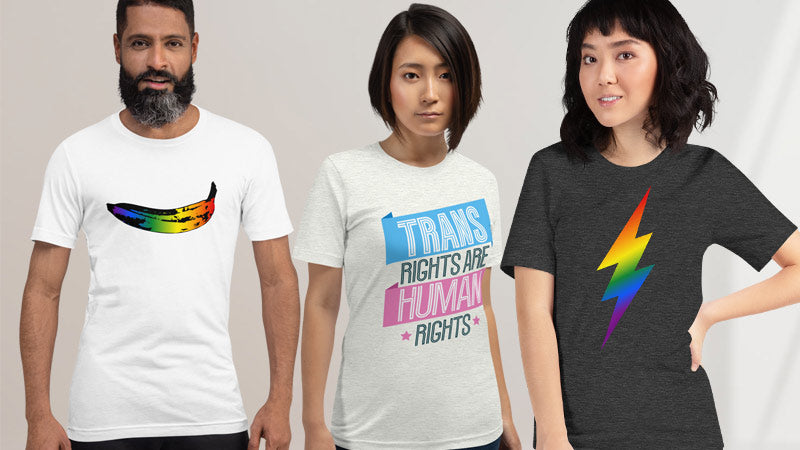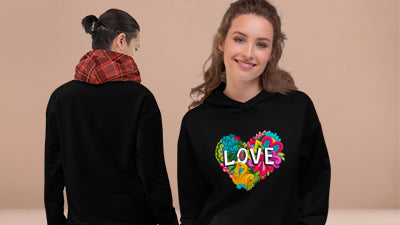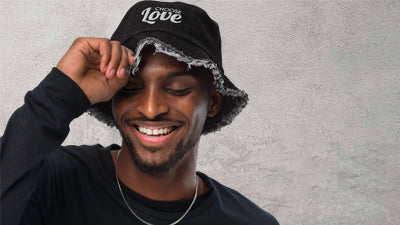Pansexual And Panromantic Visibility Day

What is Pansexual And Panromantic Visibility Day
Pansexual and Panromantic Visibility Day is an annual event to uplift the community and raise awareness of pansexuality and panromanticism, what they are and how they differ from other similar identities. It’s an important time to shine a light and educate people.
When is Pansexual And Panromantic Visibility Day
Every year on May 24th. This is one of two main days for the pansexual community, the other being Pansexual and Panromantic Pride day on Dec 8th.
What Is Pansexuality
Pansexuality is one of the identities on the LGBTQ+ spectrum of sexual orientation, which are all wonderful aspects of human diversity. It is, though, one of the less understood identities, because most people just don’t know what it means to be pansexual or the difference between pansexuality and bisexuality.
According to the influential LGBTQ+ organisation GLAAD, pansexual is defined as “a person who has the capacity to form enduring physical, romantic and/or emotional attractions to those of any or all genders.”
The term pansexuality first broke in the early 1900s and was coined by Sigmund Freud as part of his work on human sexuality. But it was originally used in a different context. It wasn’t until the 1990’s that a group of people, who were concerned that the existing definition of bisexual upheld the gender binary, started using pansexual because the prefix ‘pan’ in greek means all, giving them the freedom to articulate their attraction to all people regardless of gender or gender identity.
Pansexuality sits under the same umbrella as bisexuality. But there are subtle differences. In the traditional definitions, pansexuals can be attracted to people of all genders, but bisexuals to more than one gender. Yes there are some overlaps, and there have been some shifts in the definition of bisexuality over the years. To the extent that some bisexual people align with the term pansexual, but identify as bisexual, and some use bisexual and pansexual interchangeably.
The definition of pansexual since the mid 1990’s hasn’t really changed though. It’s accepted that gender plays either no part or a very small part in whether they’re attracted to someone. So they could be attracted to anyone of any gender: Cis, trans, non-binary, genderqueer or agender. Many pansexual people may say they are just attracted to humans.
Attraction could be based on someone's physical appearance, intellect, energy, shared interests or values. So in fact exactly the same things that allow anyone else to form connections.
The growth in usage of the identity really took off in 2016 when Miley Cyrus came out as pansexual and a whole generation was introduced to it. In fact her definition is kinda cute:
“I am literally open to every single thing that is consenting and doesn’t involve an animal and everyone is of age. Everything that’s legal, I’m down with. Yo, I’m down with any adult – anyone over the age of 18 who is down to love me. I don’t relate to being boy or girl, and I don’t have to have my partner relate to boy or girl.”
And that also helps to emphasise that sexuality is separate from gender identity. She identifies as gender-fluid, and pansexual people can identify as any gender or no gender, and are also much less likely to be concerned if the gender identity of their partner changes.
In a Harris Poll survey of 2,000 US adults commissioned by GLAAD in 2016, 2% of 18-34 year-olds self-identified as pansexual and approximately 1% in all other age groups.
our pansexual collection
Myths About Pansexuality
-
Pansexuals Are Attracted To Everyone
No this is a myth, similar to the homophobic myth that gay men and women are attracted to everyone of the same sex. Being pansexual doesn’t mean they’re attracted to everyone they meet, in the same way that heterosexual people aren’t attracted to everyone of the opposite sex.
-
That They Aren’t Monogamous
No, this is simply not true. In every community there will be some people who are monogamous and some polyamorous, and pansexual people are no different.
-
That It’s A Fad Identity
Another myth. The reason people have dubbed it as a fad is because of the explosion in popularity following Mily Cyrus’ statement.
-
Pansexual People Are Confused
Not just a myth, this is incredibly insulting. It stems from some people’s inability to accept that there is a spectrum of sexuality. Sadly it’s not just a heterosexual accusation. Many in the gay community have said that pan men are just unable to accept that they’re gay and many heterosexuals that pan women and straight but experimenting. It’s wrong. Pansexual people are clear about their sexuality.
-
Pansexuality Is A Subset Of Bisexuality
No, definitely not. And some pansexual people will be very annoyed if you said this. Some bisexual people have started to use the terms interchangeably, but that does not mean one sits below the other. While there’s an argument to say that polysexuality is an umbrella term of sexual attraction to multiple genders that includes both pansexuality and bisexuality.
Pansexual Icons
Miley Cyrus - Singer/Actress
Bob The Drag Queen - Winner of RuPaul’s Drag Race S8
Courtney Act - Runner-up RuPaul’s Drag Race S6 /Singer
Cara Delevingne - Model/Actress/LGBTQ+ Activist
Bella Thorne - Actress/Singer/Writer
Yungblud - Singer/Songwriter
Jojo Siwa - Dancer/Singer/Actress/YouTuber
Alex Bertie - YouTuber/Author/LGBTQ+ Activist

What Is Panromantic
Panromatics are similar to pansexuals, but instead of a sexual attraction irrespective of gender they can have a romantic attraction to people of all genders. This doesn’t mean that they don’t care about sexual attraction at all, but it plays a significantly reduced role, and the main focus is on the emotional connection.
A panromantic person may, in fact, see themselves as sexually gay, straight, bi, pan, poly or or even asexual. Their ability to experience romantic attachments to people is separate from those they’re sexually attracted to.
How Can I Support Pansexual/Panromantic Friends?
The best thing you can do is to educate yourself about the issues and what it’s like to be pansexual or panromantic. Be willing to listen and grow in understanding and knowledge. Talk to pansexual/panromantic people and seek out content online about how you can be a genuine ally.
The simple things you can do are:
- Use the correct language for the community. If you don’t know, just ask.
- Listen carefully when Pan people talk about their experiences.
- Be consistent in your support of LGBTQ+ rights and defend pansexual people against discrimination.
- Uplift pan voices online and add supportive messages.
- Show support publicly by wearing LGBTQ+ ally badges.
- Read books or articles and visit websites run by the community
Other Pansexual/Panromantic Key Dates
May 17th - International Day Against Homophobia, Transphobia, and Biphobia
May 24h - Pansexual and Panromantic Visibility day
The Pansexual/Panromantic Pride Flag & Symbol

The Pansexual Pride Flag was designed in 2010 by queer non-binary person Jasper V. as a way to differentiate pansexuality from bisexuality.
At the time of creation it was felt that the bisexual definition excluded trans people. The pink in the flag represents people who are feminine, the blue people who are masculine and the yellow is everyone in between.
The pansexual symbol is a P with an arrow (the symbol for male), a plus sign (the symbol for female) and because it includes both in one line that denotes trans people. The P of course is the P for pansexual.

Find out the history and origins of other Pride Flags https://www.therainbowstores.com/blogs/blogs-guides/guide-to-lgbtq-flags-symbols


